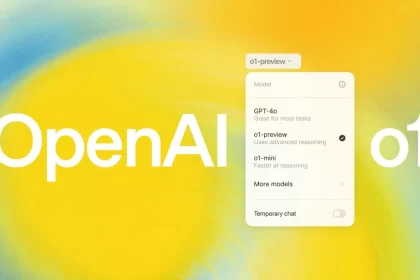MIT researchers have developed a framework for simplifying the training of robots that significantly improves and shortens their learning process and minimizes the need for human training in the robot development process.
In the future, smart homes will likely have robots that can help with household chores. However, it can lead to frustration when these bots fail to perform simple tasks. To solve this problem, Andy Peng and his team at MIT are developing solutions to improve the learning ability of robots.
Peng and his team of researchers developed a framework for human-robot interaction. This framework has a unique feature that allows the robot to create scenarios that define the changes needed to successfully perform a task.
When the robot tries to recognize a particular glass based on its color, the system helps the robot identify objects better in the future by showing other examples of the same glass with colors that are easier to recognize. By combining these examples with human feedback, the robot can get better at recognizing objects and become more accurate over time.
By fine-tuning the optimization process of a machine learning model, we can optimize it to perform a new task that is similar to a task it is already good at. When the method was tested, it showed impressive results as robots trained through this method quickly learned new skills, reducing the time and effort required by their human teachers. If implemented on a larger scale, this innovative framework could help robots quickly adapt to new environments and minimize the need for users to have advanced technical knowledge. This technology could be the key to creating all-purpose robots capable of providing effective assistance to the elderly or disabled.
One of the challenges that robots face is that they may encounter objects or environments that they have not been exposed to during their training. To address this problem, the researchers tried to use a technique called “imitation learning”, but this technique did not completely solve the problem.
In response to this problem, Tim’s system determines which features of an object (such as the shape of a mug) are important for performing a task, and which features are not (such as the color of a mug). Then, any visually insignificant aspect, such as color, is changed in the artificially generated data to refine the robot’s learning process and improve its performance.
To measure the effectiveness of this framework, the researchers conducted an experiment using human participants. Participants were asked whether providing explanations about the robot’s actions would help participants better understand its performance. During multiple simulations, the robot consistently learned faster with its approach and outperformed other techniques, requiring even less human assistance.
Looking ahead, the MIT team plans to implement this framework on real robots and work on shortening data generation time through generative machine learning models. This cutting-edge approach has the potential to change the way robots learn and pave the way for a future where robots exist seamlessly in our daily lives.

RCO NEWS















